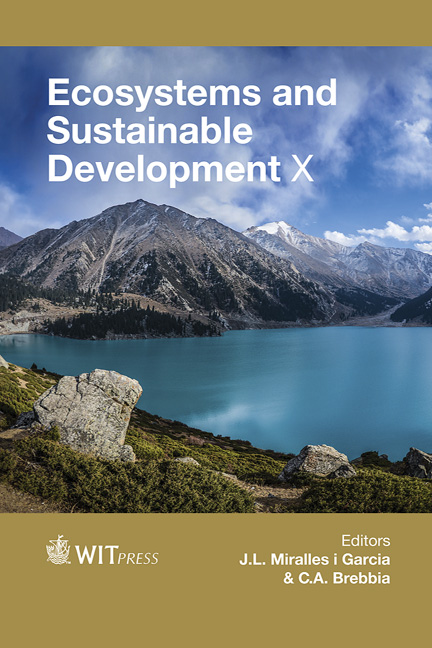Economics Of Ecosystem Restoration: Using Derived Demand To Promote Sustainable Ecosystems
Price
Free (open access)
Transaction
Volume
192
Pages
9
Page Range
419 - 427
Published
2015
Size
583 kb
Paper DOI
10.2495/ECO150371
Copyright
WIT Press
Author(s)
D. B. Rideout, D. Rossi, N. Kernohan
Abstract
Land managers face a complex set of choices when developing restoration and management strategies to promote resilient landscapes. Restoring landscapes is costly; making full restoration beyond the means of most land management agencies. This necessitates difficult choices and a careful consideration of which areas of the landscapes to restore and how intensively they should be restored to achieve the greatest net benefit. We define the problem in the context of derived demand where optimal restoration is derived from the value to the ecosystem or landscape. The derived demand framework enables us to closely integrate economics with ecological principles of restoration and resiliency to arrive at cost effective solutions. We develop the economic framework for identifying and selecting the most advantageous sites to restore given a fixed restoration budget. This framework informs and guides budget allocations across market and nonmarket goods and services to optimally restore the natural capital. The theoretical development is demonstrated with a case study showing the value added achieved from introducing a restoration management effort (fuel treatment) at Sequoia and King’s Canyon National Park in the United States.
Keywords
restoration, economics, natural capital, environmental capital, return on investment





